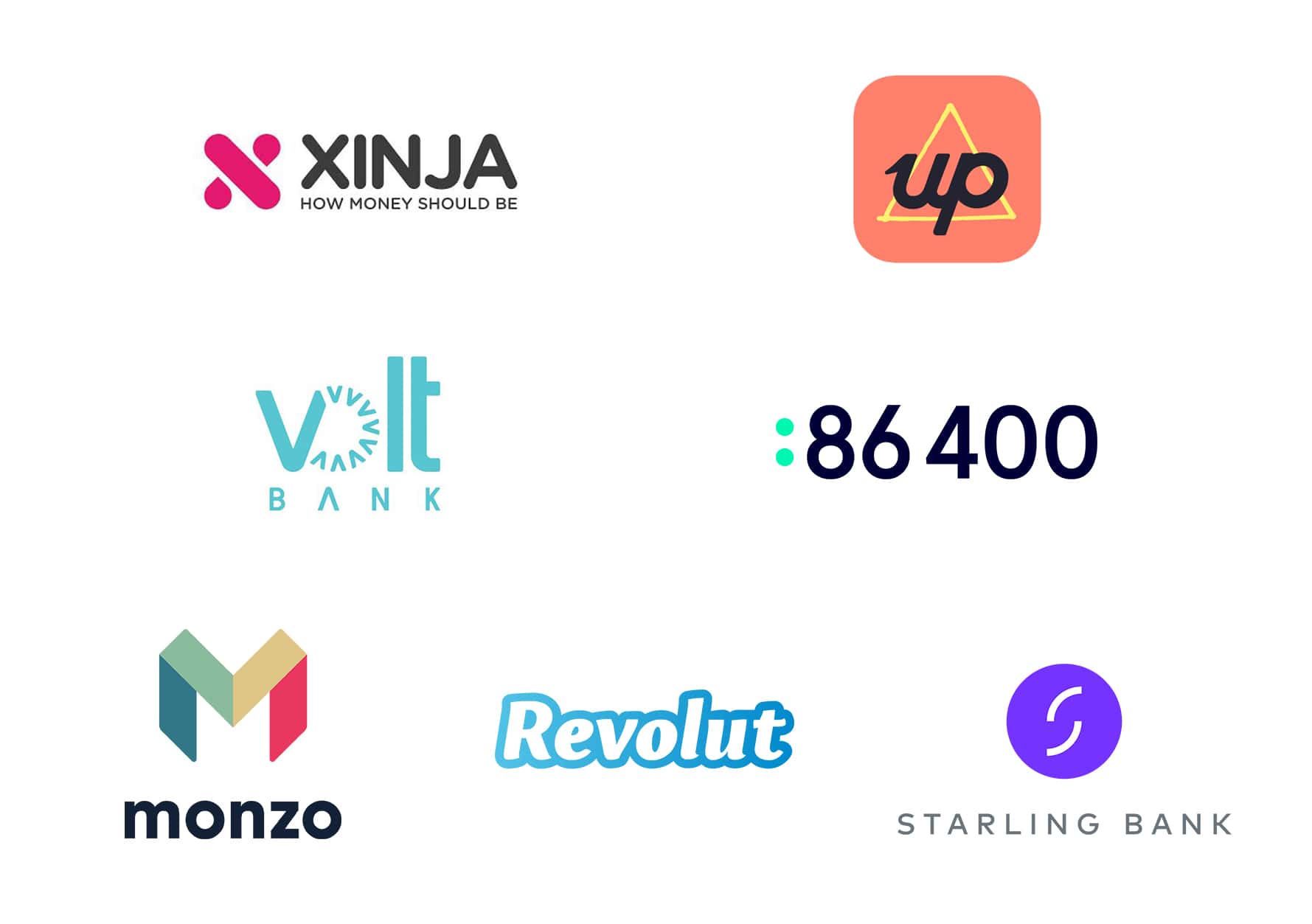This is the third installment in our ‘What the hell is’ series, focusing on the new banking category – neobanks.
You’ll learn what a neobank really is, and importantly what it is not, what makes them different, the current state of play in Australia and why the UK is an important foreshadow of where we might be in 5 years time.
What a neo bank is NOT
It’s probably easier to start with what a neo bank is not.
Firstly, it is not just a digitised bank.
Of course, most banks have an app. And online banking is now the norm. But this is just a digital system applied to legacy systems.
And it’s not just a digital-only bank.
ING, Ubank, ME bank – these are digital banks. But they’re not neo banks. They’re simply digital banks that are connected to an established institution, leveraging existing infrastructure.
And a Neobank is not simply a challenger bank.
A common misconception. A challenger bank isn’t defined as digital or new, it simply poses a challenge to the big banks. All neo-banks are challenger banks, but not all challenger banks are neo-banks…
Neobanks are not bricks and mortar banks.
You can’t go and wait in line and speak to a teller behind a glass screen. They offer a totally digital experience – delivering the user experience that their (usually younger) target audience wants.
Lastly, and it took us a while to confirm this one, Neobanks have absolutely nothing to do with Keanu Reeves or late ‘90s action blockbuster ‘The Matrix’. No red pills here.
OK.. So what IS a neobank?
The clue is in the name, and you don’t need to be fluent in Latin to understand that a neobank is a NEW bank.
What’s different about neobanks is that, as well as being new, they are offering something different to the traditional banking model.
This might be a totally mobile experience. It might be innovative financial products developed for just a niche market segment. It might be the ability to see accounts from a range of institutions inside the neobank’s interface.
A neobank is one that has been designed from the ground-up to be customer-centric. And not just any customer. Young, connected customers, who may not have significant savings accounts or mortgages just yet, but will in the future.
Who are the neo banks to know?

In Australia, the main neobanks are:
- Volt bank – the first neobank to be granted a full banking licence, Volt is expected to launch a savings and current account this year, with home loans and credit cards in the future
- Xinja – vying with Volt to be the most high-profile of the home-grown neobanks, Xinja has been granted restricted ADI status
- 86400 – founded by Anthony Thomson who founded Atom Bank and Metro Bank in the UK, 86400 has an impressive heritage
- Up –a joint venture between Bendigo Bank and technology group Ferocia
- Douugh – Founded by the founder of SocietyOne, Douugh made headlines for aiming to list on the ASX, rather than finance its growth through venture capital
- Pelikin focuses on a mobile-only, multi-currency account and prepaid Visa debit card to deliver a better travel money experience
- Archa – is also targeting travel-focused young Australians
- Revolut – just launched in Australia, established neo bank Revolut is offering a pre-paid transaction account, rather than aiming to become a deposit-taking institution
Are neo banks proper banks?
Yes, obviously.
And no, not yet.
Of the neobanks that are poised to launch in Australia, only one (Volt), has secured a full banking licence.
Of the others, the majority have either secured, or are working towards, the new ‘restricted’ ADI licence, which permits them to conduct a limited range of activities while they build their offering, for not longer than two years.
APRA’s approval of the restricted ADI licence last year was intended to encourage innovation in the banking sector and ithas proved to be effective. It meant that neobanks they could start to build their customer base while waiting to be registered as a fully authorised ADI.
Restricted licence or not, neobanks are making sure that the restricted services that they do offer are laser-focused on meeting the needs of their young target market. For them, neo banks are most definitely a bank.
How could neo banks change how Australia banks?
Neobanks are claiming that they will not only change how Australians bank, but will also change our relationship with money. These are lofty ambitions and as none of them have actually launched yet, it’s hard to conceptualise what that may look like. However, they will be leveraging strengths that our established institutions lack:
1. Everything is built for customer, from the ground up. This ability to create an ecosystem that does not rely on legacy systems is fundamental to their capacity to create a better, cheaper experience for customers.
2. Removing barriers, not creating them. With the experience being fully customer-centric, it means that everything will be optimised to allow for near-frictionless new customer applications and transactions.
3. Lowers costs, lower fees. All of the neobanks we’ve spoken to have reinforced their cost models allowing for lower fees for customers. More efficient digital processes and platforms designed for purpose appears to be allowing them to pass on the benefits directly.
4. New bankers, new ideas. Probably the most contentious of all the claims is that there’s a new breed of bankers creating the neobanks, bringing fresh conceptual thinking to the industry. While we don’t align with that view (most are led by industry veterans), they have recruited a talent base with strong HCD credentials, focusing on the solving human problems we all face when managing our money.
Should incumbents be worried about neobanks?
One look at any of the websites listed above and it is clear that, at the moment, neo banks are aimed firmly at the younger generation.
But Eric Wilson, CEO of Xinja claims that 36% of their audience is over 45 and 9% over 65, and it’s likely that this customer base will broaden as more services are added.
In Europe, where they’ve been around for longer, neo banks are used by all age groups, with some building sizeable customer bases. Monzo, founded in 2015 has 1 million customers, while Revolut has amassed 3 million.
While neo banks may be taking their time to establish themselves in Australia, and launching with relatively limited offerings, if they can repeat the success that they have seen in the UK and Europe they are a definite cause for concern for incumbent banks.
Top five things to know about neo banks
1. Neo banks most useful features may not be their ability to take deposits, but rather to use data made available through Open Banking to give their customers a single view of their entire finances
2. While not a traditional ‘community bank’, many neo banks are focused on building their own digital community. Using Human Centered Design principles, neobanks are involving their community in the development of their business to ensure that it meets real needs.
3. Many neo banks have built significant databases of interested prospects to launch to as soon as they receive their banking licences, leveraging the network effect to encourage and reward people to share with their own network.
4. While most neo banks are launched through VC funding, it’s likely that most will need to list on the ASX to access institutional investment capital to accelerate their growth
5. We’re going to see homegrown launches soon according to FinTech Australia general manager Rebecca Schot-Guppy, “I expect that we’ll have three Australian neobanks up and running in the next month or so.”








